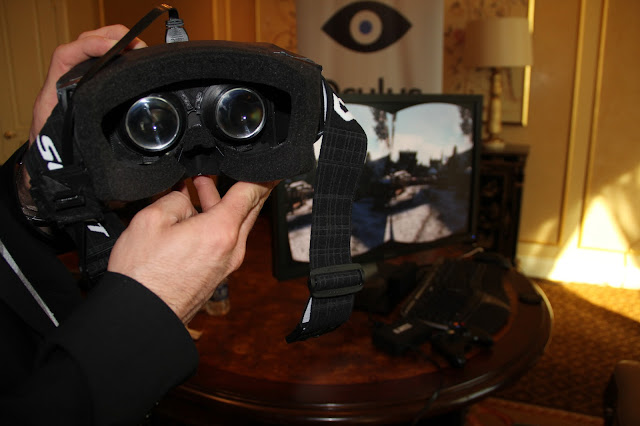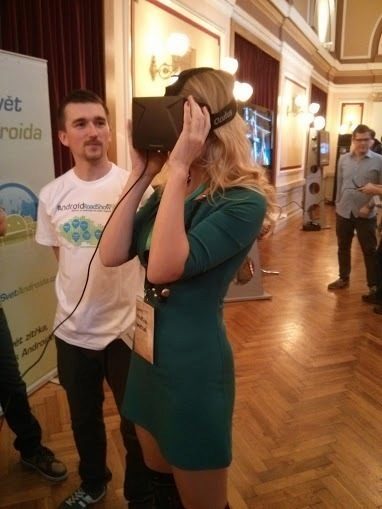

Q: And, for the foreseeable future, will players still need to use a handheld console-like controller? But during the demo, I couldn’t help but be reminded of this exchange from my first interview for AllThingsD with Oculus co-founders Palmer Luckey and Nate Mitchell.

Leap hopes to work with VR OEMs to integrate Dragonfly with future headsets, just as it works with HP currently to offer notebooks with a built-in sensor.Īs with all those other control accessories, the success of this Leap VR integration will depend on what developers decide to do with it. “In the future, you can imagine a camera like this could track your position in the room.”ĭevelopers will, for the first time, have access to the sensor’s raw image data to create those augmented reality experiences. “With the infrared, we track the hands, and with the color, we’ll show you the rest of the world,” Holz said.

The current Leap Motion’s cameras see in grayscale infrared, but a new version of the hardware, codenamed Dragonfly, can see in both color and infrared. That may sound dumb at first - you don’t need $450 of technology to see a room - but it opens up some interesting possibilities for augmented reality via virtual reality. All of a sudden, I could see not just my hands, but the room I was standing in. Then my demoer, CTO David Holz, put me in a different headset where he turned on the Leap Motion’s camera. In a demo of the rig at Leap’s San Francisco headquarters, I used my hands to bat away objects seemingly floating in the air around me. Leap is selling the mount not to make money, Buckwald added, but because it needs to standardize where the sensor would go on a head-mounted display like the Rift. “With version 2, we’re able to track things even if the cameras can’t see them.”

Oculus rift leap motion software#
“If you tried to intertwine your fingers or grab something, all of those were challenging,” Leap Motion CEO Michael Buckwald said of the first software version. Hold your hands up in that field of view and you’ll see a real-time skeletal rendering of all the joints, much as the Xbox’s Kinect can detect the joints and movements of the body unlike the original Leap Motion software, which required users to hold their hands in very precise places, the new version is more versatile and can track all ten fingers where once it might have only seen two. Here’s how it works: The mount holds the sensor in place so that as you turn your head, it can see wherever you’re looking, like a cyborg eye. Leap’s virtual reality integration is designed for its “v2” software, currently in public beta and freely available to developers. The mount costs $20, and the Leap Motion sensor costs $80. Leap Motion, the makers of a gesture-detecting sensor for PCs and Macs, announced today that it would sell a mount for any VR headset with a flat front, including both developer versions of the Oculus, that holds its sensor, as pictured below. Well, here comes another control accessory - but one that the normals might actually want to use. With the go-to-market plan for the Oculus Rift still TBA, they’re all jockeying for early developers’ attention, creating a glut of geeky accessory hardware for a device few people currently own. While many of Oculus’s official demos have repurposed Xbox 360 controllers - and the company that designed those controllers is now an Oculus subsidiary - third-party startups have made VR guns, gloves, ankle straps, treadmills and suits, just to name a few. One problem with that vision, as we’ve written before, is that there’s no clear standard for controlling games and apps in VR yet. Earlier this year, Facebook turned “Oculus” into a household name by betting $2 billion that virtual reality is ready for primetime.


 0 kommentar(er)
0 kommentar(er)
